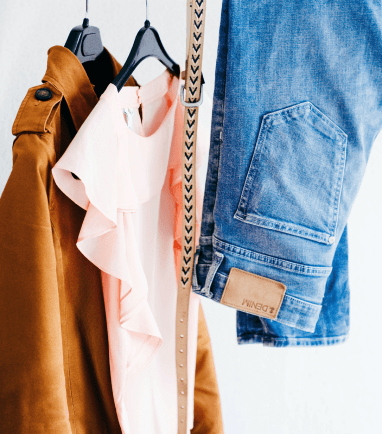
Industry research
Scope
Europe
Companies
201
Table of contents

According to Statista (October 2022), the European apparel market will generate ~$484.2bn revenue in 2023 and is projected to grow to ~$530.1bn by 2027, exhibiting a CAGR of ~2.3%
The European footwear market is anticipated to account for ~$87.2bn in sales in 2023, with the expectation to reach ~$99.9bn revenue in 2028 (~2.8% CAGR; Statista, March 2023)
Rising e-commerce adoption in the global fashion industry, with penetration rates expected to grow from ~47% in 2020 to ~60% by 2024, primarily driven by increased smartphone usage. Consequently, brands can boost their direct-to-consumer propositions and thereby remove margin-consuming middlemen from the value chain (Common Thread, March 2022)
Growth opportunities in emerging market segments on the back of stable underlying demand for clothing and footwear. Whereas the share of European household spending on clothing is set to normalise following an all-time low during the pandemic, loungewear and “homeware” sales will remain above pre-COVID-19 levels (CBI, June 2021)
Identified discount and luxury brands are positioned to benefit from further demand polarisation. Discount brands can capitalise on cost-conscious consumers shifting to value-for-money retail, while luxury players enjoy resilient appetite for their higher-priced discretionary fashion items (McKinsey & Company, November 2021; Kroll, September 2022)
Rising importance of implementing sustainability initiatives, driven by both regulatory and social pressure (Deutsche Welle, March 2022; Bain & Company, October 2022), may curb sales and cap profit margins (interviews by Gain.pro). Specifically, lower product volumes and/or enhanced second-hand/rental offerings would effectively lower sales, whereas higher logistics and shipping costs may jeopardise healthy bottom-lines (interviews by Gain.pro)
Industry-wide shift from mass marketing to more individualised marketing concepts through social media. With the most influential advertisers typically partnering up with renowned brands, identified small- to mid-market players face limited upside from this shift given their capped marketing reach (interviews by Gain.pro)
Increasing prevalence of sophisticated counterfeits (+1.8% EU import 2013–2016), with total trade in fakes representing ~25% of the global luxury goods market (OECD, March 2019; Harvard Business Review, May 2019). The nearly indistinguishable visual attributes and more affordable prices of counterfeits challenge the value-add of luxury brands’ authenticity
With the full report, you’ll gain access to:
Detailed assessments of the market outlook
Insights from c-suite industry executives
A clear overview of all active investors in the industry
An in-depth look into 201 private companies, incl. financials, ownership details and more.
A view on all 464 deals in the industry
ESG assessments with highlighted ESG outperformers





